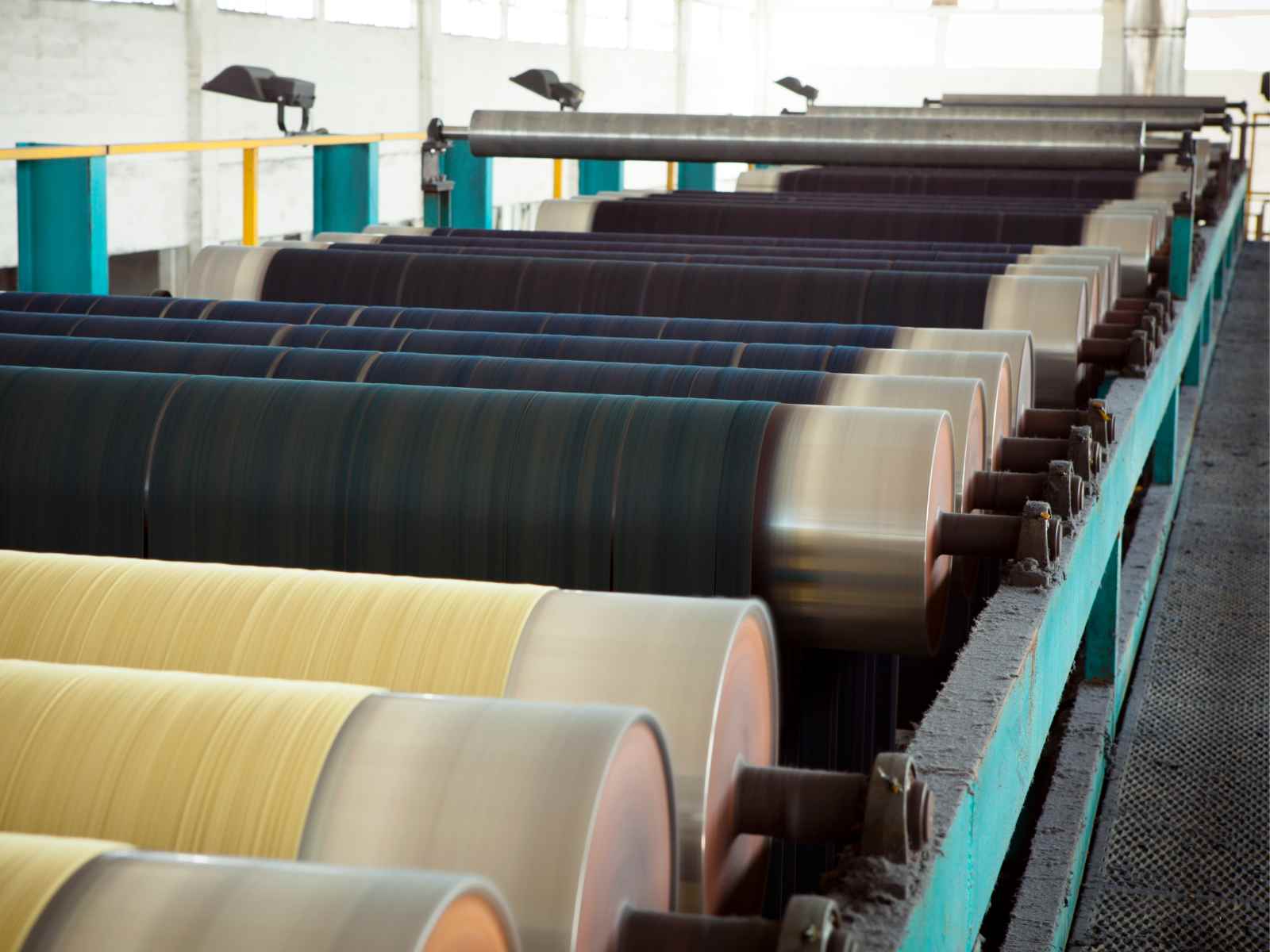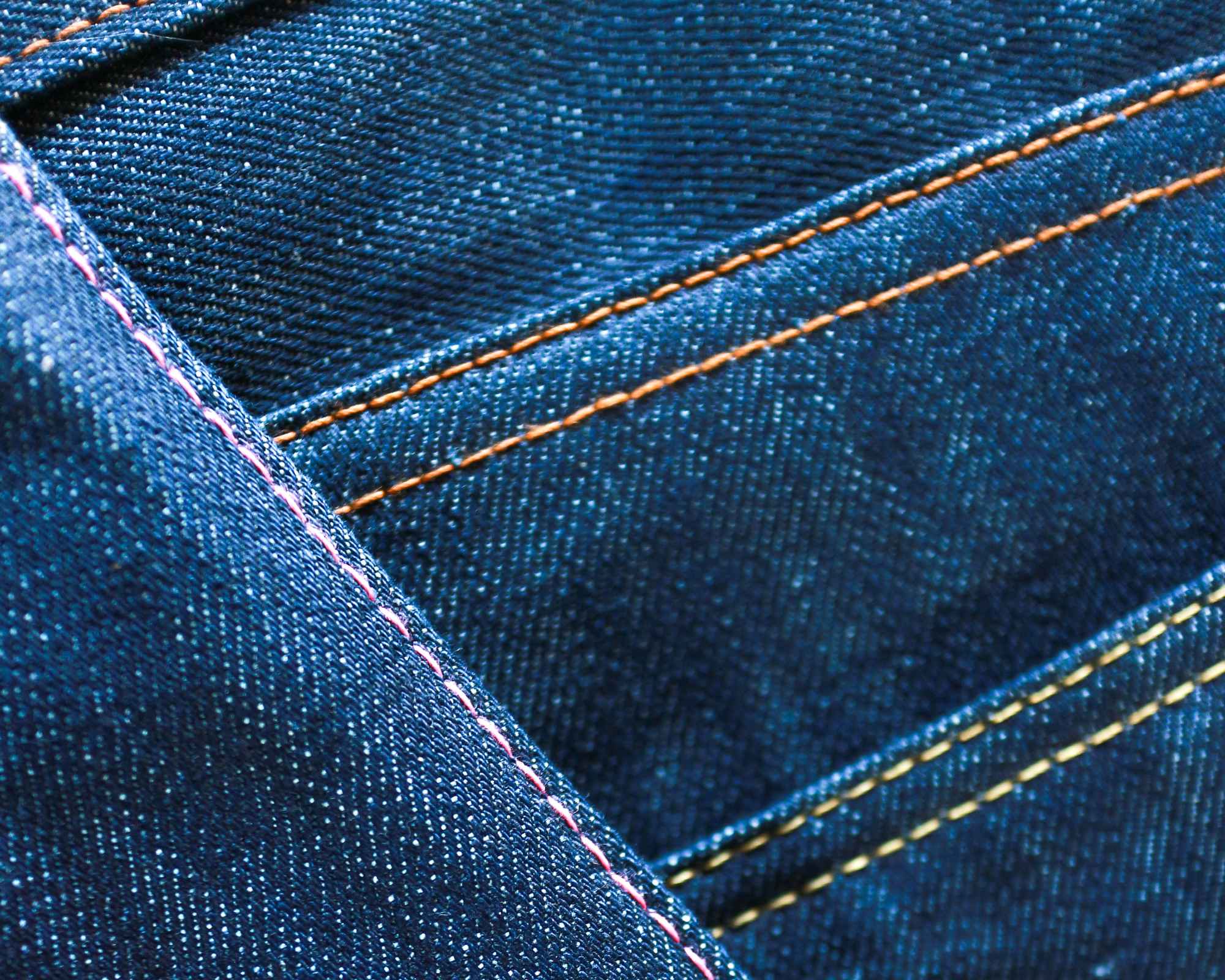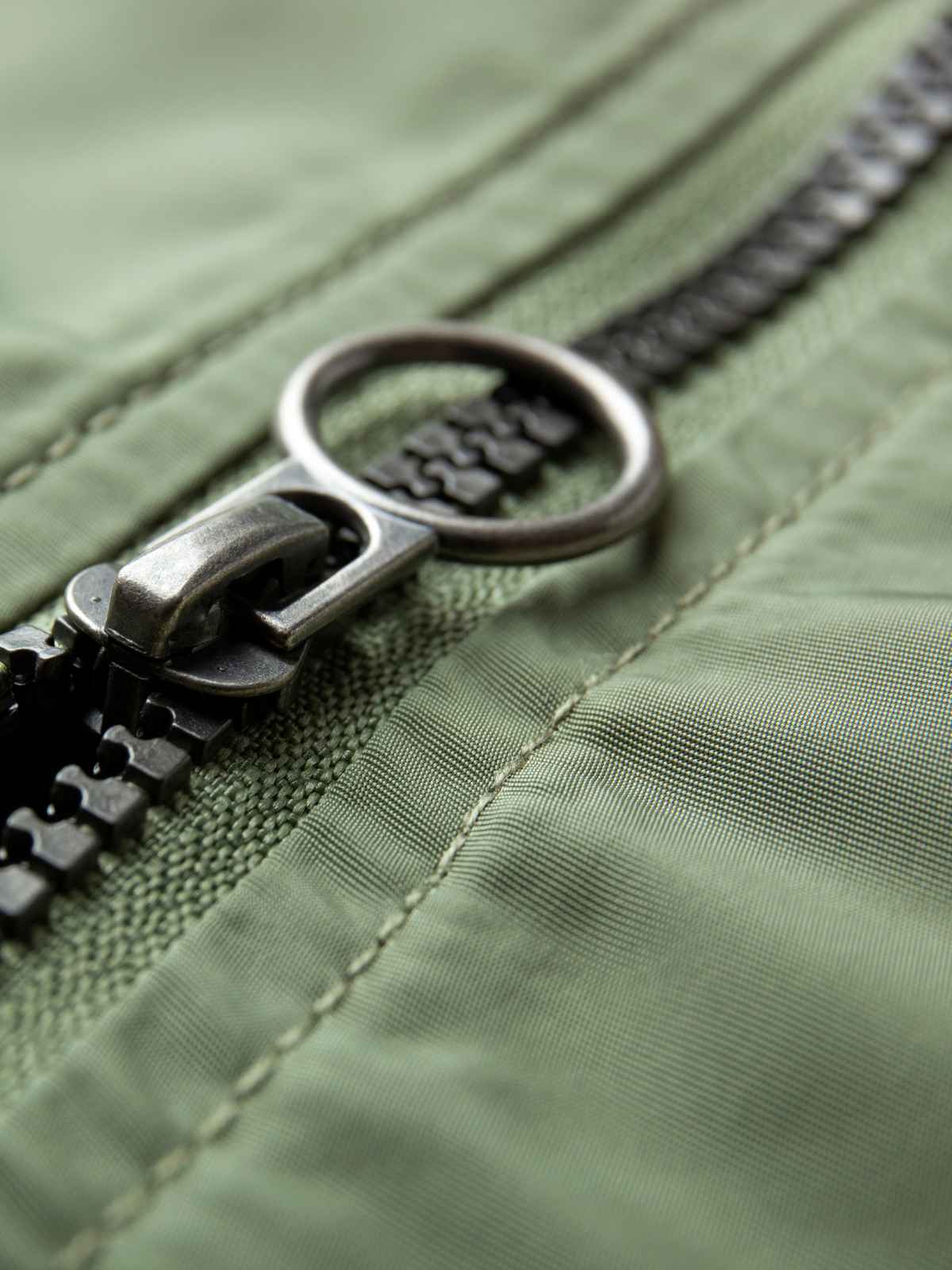Indigo is a blue dye that has been used to colour textiles for millennia—it’s a storied substance with global reach and a heritage laced with colonialism. But where does it come from, what does it mean today, and are synthesised versions more or less sustainable than the plant-derived dye? In this material guide, we explain all.
Indigo—a global dye
The word indigo is derived from Latin and Greek terms that mean “India”, though plants that contain the substance for making indigo dye grow all over the world. The indigofera tinctoria plant is considered an original source of the dye, and it’s often dubbed “true indigo”. There’s evidence that indigo has been used for thousands of years—blue-dyed fabric dating back 6,200 years has been found in Peru, and it’s in Egyptian textiles from around 2,600 BC, too.
Fast forward to the period between the 16th and 19th centuries and indigo became a valuable commodity, as people recognised its superiority for dyeing compared to the commonly used woad plant, which did not produce the same quality or have the same high yield. It’s worth noting that some European countries banned true indigo until as late as the 18th century, owing to the woad plant’s economic significance throughout the region.
Demand for indigo grew to previously unseen levels as industrialisation took effect, and to meet it, enslaved people were forced to work on indigo plantations in places such as Jamaica, Haiti, South America, the US, and India. Throughout history and around the world, indigo has predominantly been used as a symbol of royalty and exclusivity—but coarse and uncomfortable indigo-dyed clothes also became uniform for enslaved people in the 18th century, demonstrating the drastic shift in the dye’s availability and reverence. The natural indigo trade became almost obsolete in the late 1800s when chemist Adolf von Baeyer synthesised indigo (which contributed to him later winning a Nobel Prize)
After a dip in popularity prior to the 1940s, indigo was revived by the global rise of denim clothes, and today, the dye is synonymous with one of the most common garments in the world: jeans. In 2023, the American Chemical Society estimated that around 50,000 tonnes of synethic indigo are used in denim production annually.
How natural and synthetic indigo differ
Natural and synthetic indigo have the same chemical composition and are both usually supplied in powder form, so it’s pretty hard to tell them apart. But the way they’re made is very different.
Natural indigo, which is rarely used on an industrial scale these days, is derived from plant leaves which are fermented, and eventually an “indigo sludge” is made. The sludge is then formed into blocks and ground into powder. Its colour is less consistent than synthetic indigo because it can contain impurities, which is one of the reasons it’s not favoured for mass market use. Synthetic indigo, meanwhile, is produced in a lab using chemicals, so no growing, watering and harvesting is involved, and it offers a high level of colour consistency.
How does indigo dye work?
The dyeing process for both natural and synthetic indigo is more complex than other types of dye because it isn’t soluble in water, and won’t adhere to material without a few steps to alter its chemical structure.
First, it must be reduced—often with sodium hydrosulphite and sodium hydroxide, and occasionally with fructose for natural indigo—to make it soluble, then it goes into a vat where fabric is dipped numerous times depending on the desired depth of colour. Indigo oxidises when it comes out of the dye vat and into contact with oxygen, and that’s when the dye molecules bind to the material and the blue colour is revealed.

Large-scale denim indigo-dyeing at a factory. Note the colour variations as a result of oxidisation and dipping for depth of colour.
How sustainable is indigo dye?
Like most modern dyes, synthetic indigo is produced using a concoction of chemicals including harmful aniline, formaldehyde, hydrogen cyanide, and the explosive sodium amide. And one of indigo’s most common reducing agents, sodium disulphite, is harmful to aquatic life, so there’s a danger that if not managed properly, effluent from dyeing facilities could affect local waterways and wildlife. It’s extremely difficult to prevent at least some dye flowing into waterways, according to the American Chemical Society: “since 100% fixation of dyes is typically not feasible, unfixed dyes are released into water streams causing turbidity and ecological disruption in addition to being poisonous, carcinogenic, or mutagenic.” When dyes are released into waterways, they can block light and oxygen from penetrating the water, severely degrading life underneath.
The extent of indigo’s toxicity in production is clear from the designation of a former indigo dye-producing facility in New York as a hazardous waste site (which has now been cleaned up). Long abandoned, it was covered in fine blue dust that workers would’ve breathed in, along with contaminants including spent catalysts and waste solvents, and arsenic, mercury, chlorobenzene, and aniline in nearby groundwater. Contact with toxic chemicals for workers still pervades the synthetic indigo industry, and in that sense, natural indigo is a more sustainable option for the people involved. Though it’s worth noting that chemicals are still commonly used to reduce natural indigo so it’s not without its risks.
On the flip side, the demand for indigo today is at such a high level that growing enough of the natural stuff to supply the industry would require a huge amount of resources and land that would be impossible to sustain. The dyeing process is also more water-intensive for natural indigo because it doesn’t fix as well to materials, so more rinsing is needed to wash away the excess dye—though, as with most dyeing processes, the amount of water required for both is significant.
More sustainable indigo dye developments
Some producers are working to reduce the impact of their dyes. Namely, they’re offering pre-reduced indigo dye, which limits the amount of chemicals needed in the process (but doesn’t remove them completely), and DyStar’s 40% solution comes in liquid form to avoid the problematic blue dust that can affect workers—it also reduces the chemicals needed in the process. Archroma has created an aniline-free indigo dye that eliminates one of the most toxic chemicals from the process. And Wrangler, one of the denim industry’s biggest names, has implemented an innovative foam dyeing technique that eschews the traditional water vat. The process uses foam to transfer dye onto yarns, so it has little wastewater and uses 60% less energy than conventional dyeing systems. Wrangler says it’s working with denim mills to scale up foam dyeing so that more brands can use it in the future.
Elsewhere, scientists are exploring the biosynthesis of indigo, which uses bacteria to produce the dye and would reduce the chemicals needed in manufacturing versus synthetic indigo. But research and funding are needed to scale up this method and test its sustainability and viability. Researchers have already pointed out that it wouldn’t solve the problem of contaminated wastewater.
Pollution and toxicity from textile dyes—including indigo—are a significant sustainability issue in the fashion industry. Given the amount of dye that goes into our clothes, it’s an urgent area to address. And while it’s clear that there’s still a long way to go before a more sustainable, less chemical-intensive solution for indigo dyeing is introduced on a large scale, you can look for brands that are certified by the likes of bluesign, ZDHC, and OEKO-TEX’s STeP and STANDARD 100 for assurance that their products don’t include certain harmful substances.




















